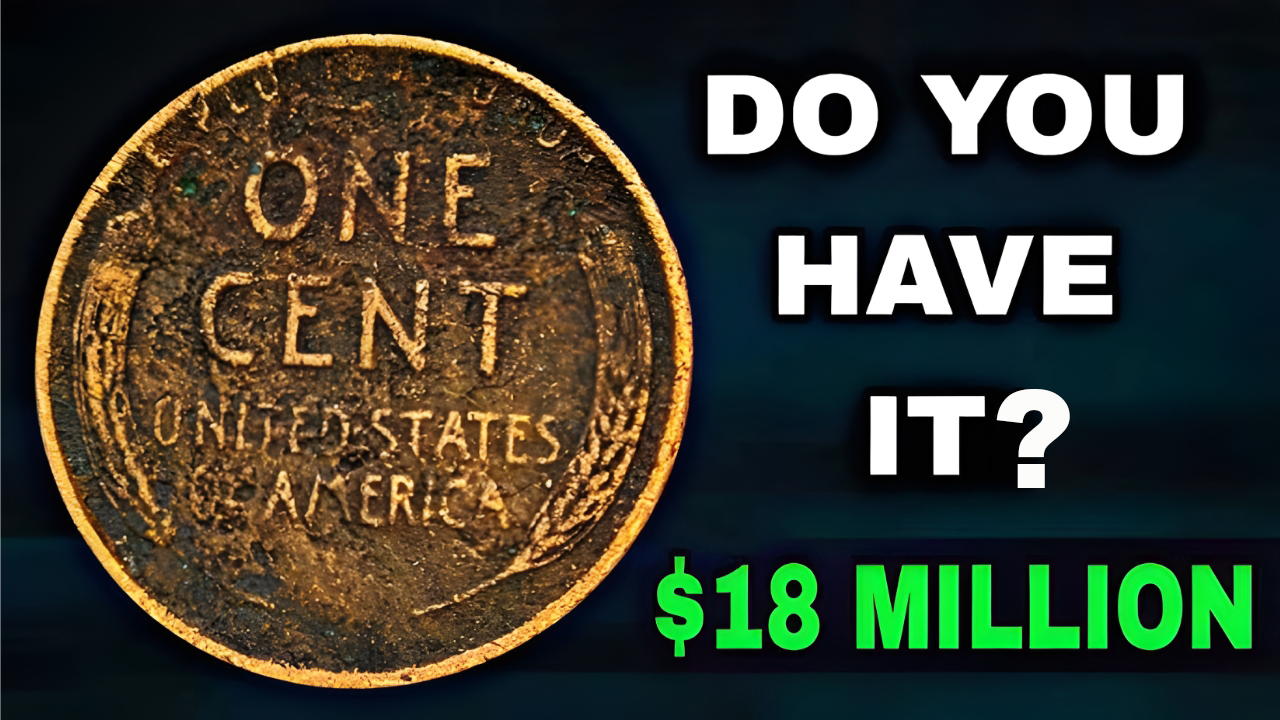These Forgotten U.S. Cents Are Now Worth a Fortune — Here’s Which Ones

Wheat pennies, those little relics tucked away in dusty jars or stashed in old attic boxes, have caught the eye of coin enthusiasts for years. These bits of history give us a peek into America’s past while sparking curiosity about their real worth today. As interest surges again, knowing what makes these coins tick matters for both seasoned collectors and those just getting started.
The Charm of Wheat Pennies
Officially called the Lincoln Wheat Cent, these coins were minted in the United States from 1909 to 1958. Designed by Victor David Brenner, they feature Abraham Lincoln on the front. The back displays two stylized wheat stalks—a nod to America’s farming roots. After 1959, the design got a makeover with the Lincoln Memorial replacing the wheat.
Wheat pennies draw interest not just because of their historical background, but also because they capture a slice of life from a time when agriculture was the backbone of the nation. Each penny carries a unique story linking us back to those days.
Following Value Trends
Over the last ten years, wheat penny values have seen quite a bit of ups and downs. While most common wheat pennies generally fetch a price just a bit higher than their face value, certain rare dates and mint marks can bring in anywhere from a couple hundred to several thousand dollars. Since 2015, some of these scarce coins have even doubled in value.
This shift is driven partly by a wave of younger collectors and partly by the buzz on social media and YouTube. With financial uncertainty around, many are also viewing collectible coins as a more stable way to invest their money.
Must-Know Wheat Pennies to Watch
If you’re on the hunt for valuable coins, here are some wheat pennies you’ll want to keep your eyes on because of their rarity and historical importance:
- 1909-S VDB Wheat Penny: Only 484,000 were made. These rare finds can be worth between $1,000 and $5,000.
- 1914-D Wheat Penny: This coin is often faked due to its scarcity. It typically sells for anywhere from $200 to $2,500.
- 1922 No D (Denver Mint): Known for a minting error, these can bring in between $500 and $3,000.
- 1931-S Wheat Penny: With low mintage numbers, you can expect to see values around $100 to $600.
- 1955 Double Die: This error coin can go for over $10,000 if it’s in pristine condition.
Checking Out Your Wheat Pennies
Figuring out what your wheat pennies are worth starts with a few simple steps. First, check the date and mint mark—letters like D or S tell you where the coin came from. Next, look at the condition; coins with shiny surfaces and crisp details generally hold more value. Plus, any errors such as double dies or misaligned strikes can bump up the price considerably. For a more exact evaluation, you might want to explore online guides or consider professional grading services like PCGS or NGC.
Handling Market Hurdles
The market for wheat pennies can be quite unpredictable. Prices shift based on grading, verification of authenticity, and buyer interest. Even small flaws like scratches or a bit of discoloration can influence how much a coin is worth.
When you’re ready to sell, it’s smart to work with a reputable dealer or take part in certified auctions. Platforms such as Heritage Auctions or eBay are popular spots for graded coins, but always stick with trusted sources to steer clear of scams.
All in all, wheat pennies blend a splash of history with the possibility of a tidy return. Whether you’re rediscovering family treasures or diving into coin collecting for the first time, these modest coins offer a chance to revisit our past while finding a spot in today’s economic scene. Every penny holds more than just monetary value—it carries a piece of America’s rich legacy waiting to be explored.